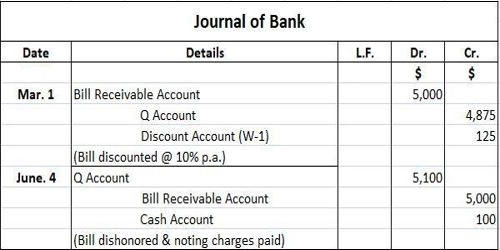The nitrogen cycle is an important biogeochemical cycle that describes nitrogen transformations and movements in the environment. It is the biogeochemical cycle that converts nitrogen into various chemical forms as it cycles through air, terrestrial, and marine environments. Nitrogen conversion can occur through both biological and physical processes. Fixation, ammonification, nitrification, and denitrification are all important processes in the nitrogen cycle.
Nitrogen is required by all living species and plays an important function in the construction of biological components such as proteins and nucleic acids. Nitrogen fixation, nitrification, assimilation, ammonification, and denitrification are all part of the nitrogen cycle.
The majority of the Earth’s atmosphere (78%) is composed of atmospheric nitrogen, making it the most abundant source of nitrogen. However, the availability of atmospheric nitrogen for biological use is limited, resulting in a scarcity of useable nitrogen in many types of ecosystems.
Here is an overview of these processes:
- Nitrogen Fixation: Although nitrogen gas (N2) makes up approximately 78% of the Earth’s atmosphere, most organisms cannot use it directly. Nitrogen fixation is the process by which nitrogen-fixing bacteria (for example, Rhizobium) transform atmospheric nitrogen into ammonia (NH3) or similar chemicals. This can happen as a result of both biological and non-biological activities.
- Nitrification: Nitrifying bacteria convert ammonia (NH3) produced during nitrogen fixation or released from organic materials into nitrite (NO2-) and finally into nitrate (NO3-). Nitrosomonas and Nitrobacter are examples of these bacteria.
- Assimilation: Plants and other organisms take up nitrogen in the form of ammonium (NH4+), nitrate (NO3-), or organic nitrogen compounds, incorporating it into their cellular structures to build proteins and nucleic acids.
- Ammonification: Decomposer bacteria break down organic matter, releasing ammonia (NH3) back into the soil. This process occurs during the decay of dead plants and animals, as well as the breakdown of waste products.
- Denitrification: Denitrifying bacteria (e.g., Pseudomonas) convert nitrate (NO3-) and nitrite (NO2-) back into nitrogen gas (N2), completing the nitrogen cycle by returning nitrogen to the atmosphere. This process occurs in oxygen-deprived environments.
Importance
Ecologists are particularly interested in the nitrogen cycle because nitrogen availability can alter the rate of essential ecosystem processes such as primary production and breakdown. Human actions such as the combustion of fossil fuels, the use of artificial nitrogen fertilizers, and the release of nitrogen in wastewater have significantly affected the global nitrogen cycle. Human manipulation of the global nitrogen cycle can have a harmful impact on both the natural environment and human health.
The nitrogen cycle is critical for maintaining nitrogen balance in diverse ecosystems. Human actions, such as the usage of nitrogen-based fertilizers and industrial operations, can have an impact on the nitrogen cycle by disrupting the natural balance and contributing to environmental problems such as water pollution and greenhouse gas emissions. Understanding and managing the nitrogen cycle is crucial for sustainable agriculture and environmental conservation.
















